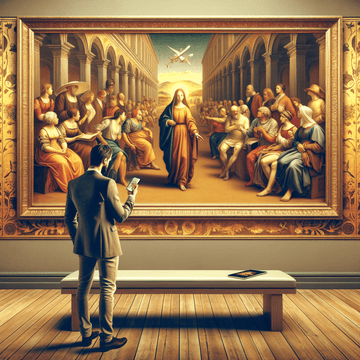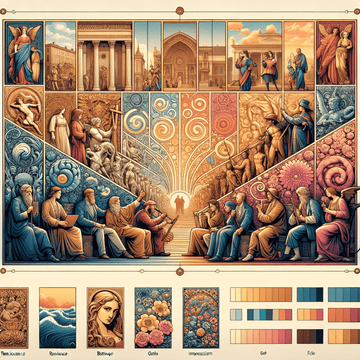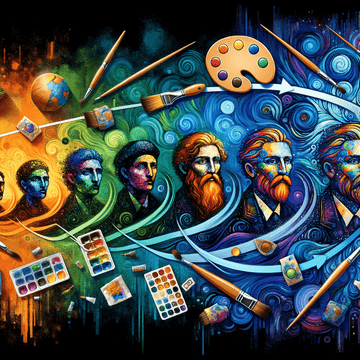Exploring the Evolution of Modern and Contemporary Art: A Comparison of Key Features | Metal Poster Art
Aug 22, 2024

The Evolution of Modern and Contemporary Art: Comparing and Contrasting Key Features
Art has always been a vital tool of communication, capable of transcending cultural and language barriers to convey deep emotions, intense beliefs and evocative visions of the world we live in. Over the years, art has evolved in notable ways, each new era bringing about a shift in how artists express themselves through their work. Two significant periods in this journey of evolution are modern and contemporary art. These two epochs bear distinct characteristics yet undeniably influence and inform one another in a myriad of ways.
The Dawn of Modern Art
Modern art, birthed between the late 19th and mid-20th centuries, was marked by a clear break from tradition, venturing into a domain that was both revolutionary and experimental. Artists rejected conventional boundaries and were driven by a thirst for freedom. This period saw the emergence of movements such as Cubism, Futurism, and Surrealism, with works of art focusing on the subjective interpretations of the artist.
In the Realm of Contemporary Art
Contemporary art came into prominence from the mid-20th century and persists till the present day. This era is characterized by its global influence, diversity, and ethnic inclusivity. While modern art seemed to find its setting mainly in Europe, contemporary art spans different cultures, promoting an intermingling of Western and non-Western aesthetics, techniques, and themes. Contemporary art encompasses far more media than modern art, including performance art, installations, video art and more, stretching the boundaries of artistic creation even further.
Comparing and Contrasting Modern and Contemporary Art
While both modern and contemporary art signify a break from historical art norms, they diverge in several areas. Modern art revolved around aesthetics and made a conscious effort to move away from the narrative, whereas contemporary art prioritizes the idea over the aesthetics, even blurring the lines between aesthetics and politics, societal issues, and cultural phenomena.
Moreover, while modern art was mostly painting and sculpture, contemporary art encompasses a wider variety of media such as photography, video, performance, and installation. This can be attributed to technological advancements, as well as an increased exploration of self-expression and boundary-pushing by contemporary artists.
Nonetheless, despite their differences, both modern and contemporary art share an underlying trait: a desire to challenge artistic convention, stimulate thought, and prompt dialogue – they both reflect and provoke the world, questioning existing norms and expressing alternative perspectives.
Interested in exploring more art like what we've discussed today? Our collection offers a diverse range of styles, including Digital Artand beyond. Feel free to dive into our world of artistic wonders by visiting our collection. Whether you're looking to admire or to acquire, there's always something captivating waiting for you. We're excited to share our passion for art with you.




